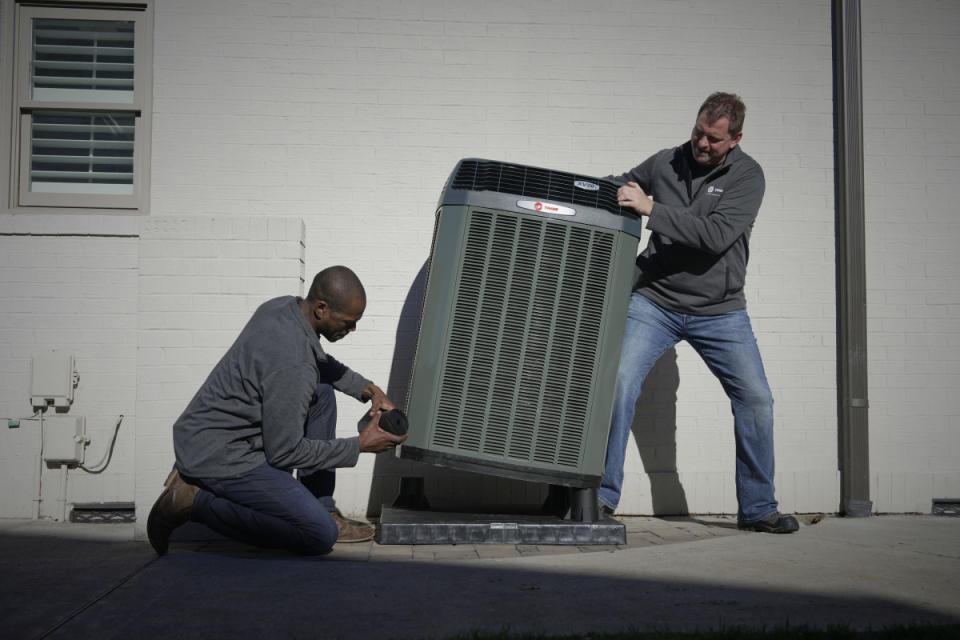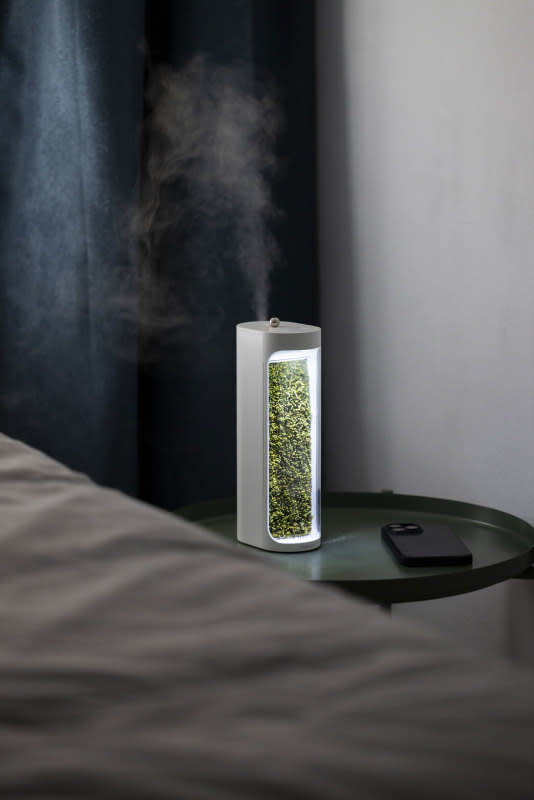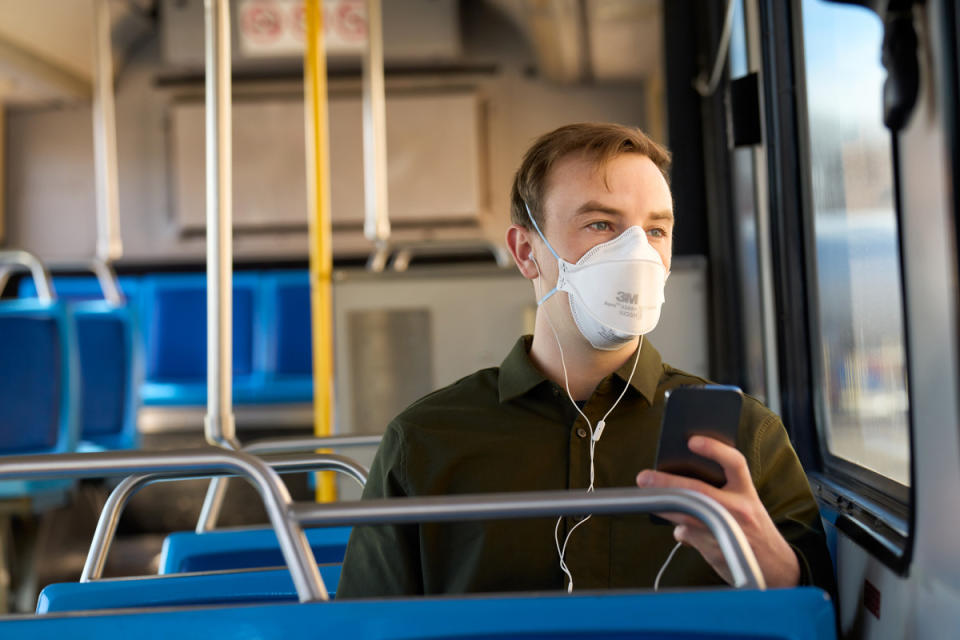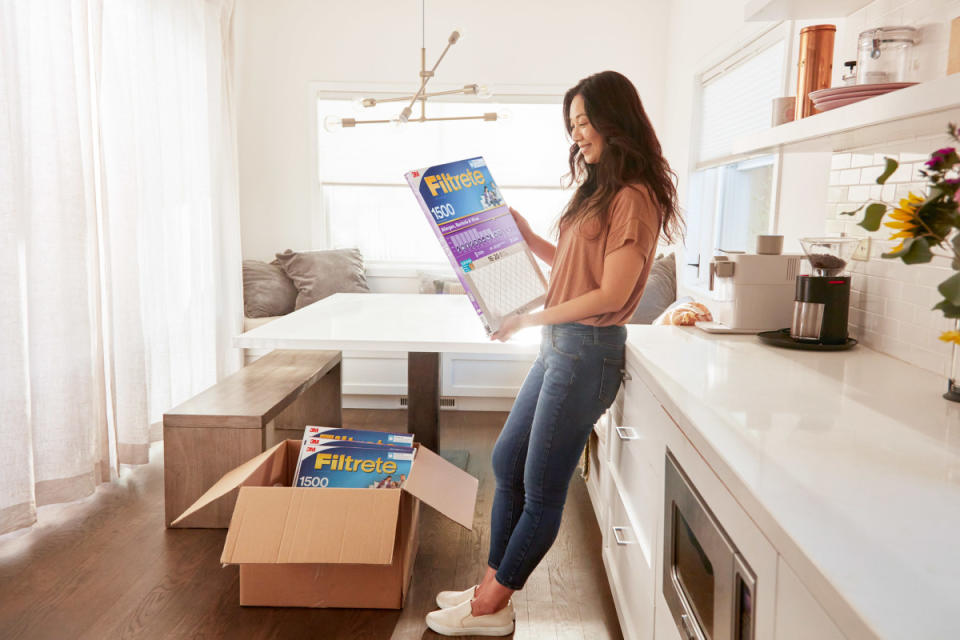How to Maintain a Healthy Indoor Air Quality During the Summer
Poor indoor air quality impacts your healthy living environment. “Several factors contribute to poor indoor air quality," shares Rabbit Air’s Customer Service Lead, Olivia Raya. The list is long. "Indoor smoking releases numerous secondhand smoke toxins and ultra-fine airborne particles, and cooking without adequate ventilation generates unwanted particulate matter. Household cleaning products with harsh chemicals, like bleach or ammonia, introduce volatile organic compounds (VOCs) into your home. Building materials, such as plywood, particleboard, furniture, drapes, carpets, and paints can emit VOCs and other processed chemicals. Biological contaminants like mold, virus particles, and allergens can cause health issues, including respiratory infections, asthma, and allergies. Lastly, other sources of indoor air pollution include unmaintained or uncleaned HVAC ducts and systems, as well as outdoor pollutants like pesticides and pollen that migrate indoors.”
How to Improve Indoor Air Quality All Summer Long
Implement these strategies, and you'll be on the way to better, healthier air inside your home.
Ventilate (But Only at the Right Time of Day)
Whenever outdoor air quality and the weather conditions are good, it's a great idea to circulate fresh air in your home but keep in mind that natural ventilation can increase indoor pollen levels and can trigger symptoms in allergic individuals. "Pollen levels are at the highest during the beginning of the day," notes David Chapman, flooring expert and founder of Ultimate Mats. "They start high in the morning before peaking around midday and gradually reduce towards the evening. Consider opening windows for proper ventilation during periods of low pollen, such as in the evening rather than during the day." Additionally, use exhaust fans in kitchens and bathrooms to expel moisture and airborne pollutants.
Perform Routine HVAC Maintenance
"Your air conditioner’s filter helps improve air quality by trapping dust, dander, lint, and other harmful particles," reminded a representative at Trane Residential. "Filters are a crucial component in AC maintenance and something you can feel comfortable taking charge of yourself. It’s best practice to try and change your filters once every three months." In addition to reducing adverse health effects and indoor air quality problems, replacing air filters also helps with energy efficiency.
Knowing when to upgrade your HVAC system is also crucial for homeowners. These key indicators may mean it's time for an upgrade:
Old age. If your HVAC unit is over 10-15 years old, it's likely becoming less efficient and may need an upgrade to maintain your desired comfort levels.
Frequent breakdowns and costly repairs. This may signal that your system is on its last legs. Rising energy bills can indicate an outdated, inefficient HVAC system.
Inconsistent heating or cooling in different parts of your home. It may be time to explore HVAC zones or air duct upgrades
Technology and energy efficiency advancements. This may mean a newer system can significantly reduce energy consumption and environmental impact.

Trane
Use Air Purifiers
"HEPA filtration emerges as a solid choice for those with asthma, known for its ability to remove approximately 98% of pollutants in the air, even particles as minuscule as 0.3 microns," noted the representative from Trane Residential.
Raya also adds, "These filters effectively trap common allergy and asthma triggers, such as pollen, pet dander, mold spores, and dust. Depending on the air quality in your area, you may need to operate an air purifier for extended periods or even continuously to maintain consistent air quality and help control allergens in your home.”
When shopping for an air purifier, consider the size (match the CADR to your room dimensions), noise levels, and overall utility and maintenance costs. Ozone output and filter type are also factors to consider (especially for asthma sufferers) when comparing the type of filter. Look for AHAM verification for reliability. Reviewing product labels, understanding specifications, and reading reviews can also guide your decision. Trane CleanEffects™ Whole Home Air Cleaner surpasses standard counterparts by 100 times and is considered one of the best home air purifiers for the home.

Moss Air
Related: 5 Causes of Indoor Winter Allergies + How to Improve Your IAQ
Keep Surfaces Clean
Dust and vacuum your indoor space regularly using a vacuum with a HEPA filter to remove allergens. Launder bedding, curtains, and upholstery frequently to eliminate dust mites and allergens. Avoid using cleaners with harsh chemicals that introduce VOCs into your home at a time when you can't properly ventilate.
Control Humidity
Use dehumidifiers and smart thermostats to maintain indoor humidity levels between 30-50%, which helps prevent mold growth and dust mites. Also, repair any leaks and address water damage promptly to prevent mold and mildew.
Related: How to Clean Your Dehumidifier
Use an IAQ Monitor
Use indoor air quality monitors to track indoor pollutant levels and humidity, enabling timely action when needed. We use and like Airthings products View Radon and View Plus Continuous Radon Monitors. Set on different levels, we're able to track air quality issues and levels of pollutants over two stories. Together, they track levels of Radon, Humidity, Temperature, Pressure, and common pollutants like PM 2.5, CO2, VOC, and PM1. Additionally, our smoke detectors double as carbon monoxide alarms.
Love Your Houseplants
Introduce houseplants such as spider plants, snake plants, and peace lilies, which can naturally filter indoor air pollutants and improve poor air quality year-round.
Related: 10+ Tips on How to Care For Your Houseplants
What do you need to do to maintain your air conditioning systems?
In addition to changing your air filter once every three months, keep an eye on the outside portion of your unit. "If you have a central or packaged air conditioner, the unit will be located outside. It’s important to keep the area surrounding your outdoor AC clean and debris-free," reminds a Trane Representative. "A good rule of thumb is to not let any plants or other wildlife grow within a 2-foot radius of your air conditioner. If plants, trees, or weeds grow too close to your AC, it could interfere with its functionality. Additionally, if you see things like leaf buildup or animal nests around your unit, it’s safe to remove them so they don’t get caught in your air conditioner."
They also speak to the importance of leveling your outdoor air conditioning unit. "Over time, the pad where the outdoor portion of your central air conditioner sits can begin to droop or sink due to soil erosion or settlement. If your unit isn’t level, it can cause parts inside to become misaligned and fail early. Use a level tool to make sure your unit is aligned correctly. If you find your unit to be lopsided, you can place rot-resistant shims under the base to bring it back to the right place."

3M

3M / Filtrete
What are the best ways a homeowner or renter can reduce the effects of wildfire smoke?
"Keeping windows and doors closed is a quick and easy way to help preserve indoor air quality," shared Dr. Nikki Vars McCullough, Respiratory Expert, 3M’s Personal Safety Division. Additionally, run your HVAC fan to filter the air inside to promote cleaner, fresh air. Vars adds, "If you don’t have a central air system, invest in a good air purifier. I live in a house without a central HVAC system, so we have 3M room air purifiers in almost every room of the house. And, when you do have to go outside, use a NIOSH (National Institute for Occupational Safety and Health) approved respirator. It’s important to use a respirator that fits your face well and to be sure to follow the instructions carefully before using it outside."

